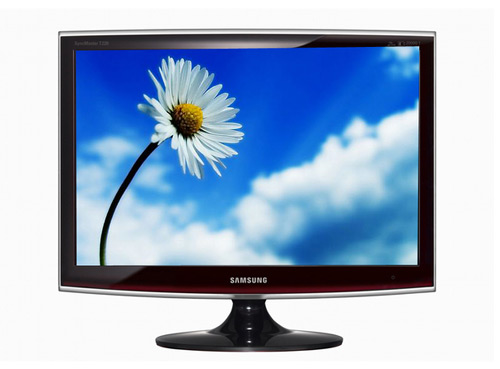Background
The potential of computer displays for presenting visual test stimuli was first recognized almost 50 years ago and since then computer-generated stimuli have been used extensively in vision research. In the early days, the quality of the displays was relatively poor and the equipment was prohibitively expensive, limiting the use of these systems to research laboratories. However, over the past few decades there have been dramatic developments in computer and display technology and in the late 80s a number of clinicians started to explore the possibility of using computer displays for vision assessment in the consulting room.
The one remaining hurdle was the display technology. Up until the late 1990s, the dominant display technology was based on the Cathode Ray Tube (CRT). CRT-based monitors were capable of generating high quality displays but were not ideal for displaying visual test stimuli for a number of reasons: a) screen flicker could be troublesome especially when the monitor wa viewed from a distance, b) the luminance was not very uniform across the screen and often varied over time, c) screen contrast was affected by ambient illuminance, d) the size and bulk of the monitors was a disadvantage in the consulting room.
All of these problems were overcome with the advent of flat panel displays using Liquid Crystal technology. These displays are capable of generating bright, flicker-free, high contrast images which are remarkably immune to ambient lighting conditions. The units are light, neat, wall-mountable and affordable.

Since their introduction in the late 1990s, the resolution and image quality of these displays has improved while their price has plummeted. Coupled with developments in computer and software technology, a new tool was born for vision assessment - the computerised Test Chart.
Thomson Software Solution has been at the vanguard of this development since the beginning and while others have copied the concept, the Thomson Test Charts have become synonymous with state-of-the art clinical vision assessment.